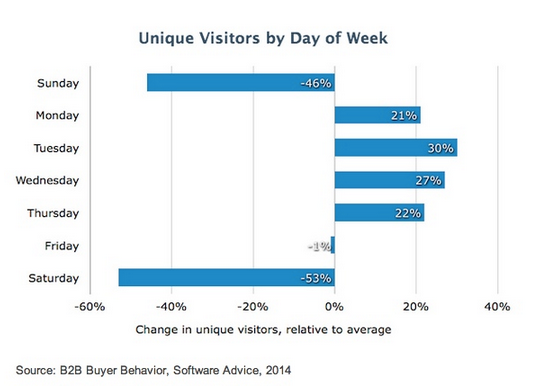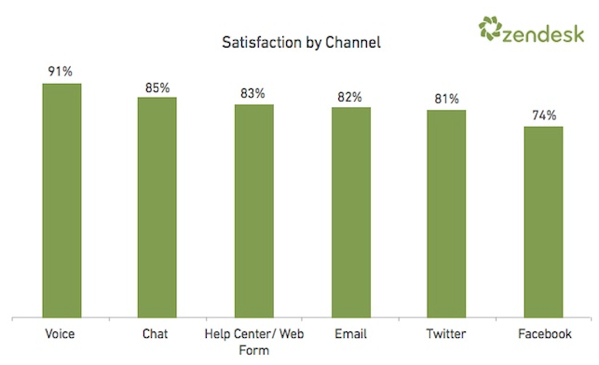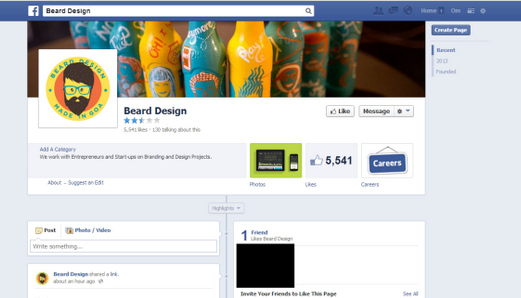Edelman Trust Barometer 2014: CEOs recover, social media improving
Another year, Edelman is offering us insights into the trust in companies, officials and their leaders with their Edelman Trust Barometer. This year’s version sampled 27,000 general population respondents with an oversample of 6,000 informed publics ages 25-64 across 27 countries. The study makes clear what the main trust building attributes are.

It also shows that CEOs are regaining trust (43%) since low of 31% in 2009. And there are easy ways to improve the trust scale for CEOs and their companies by communicating clearly and transparently (82%), telling the (sometimes unpopular) truth (81%) and engaging regularly with employees (80%).
The downside of the CEO results is that CEOs still rank second to last out of the most credible spokesperson framework. Those more credible were academics (67%), technical experts (66%), “person(s) like yourself” (62%) and employees (52%).
“CEOs must continue to lead, but to do it effectively they now have to inform and empower employees and academics. So whether it’s discussing possible regulation, supply chain management or the reaction to a crisis, CEOs must work in concert with those who are viewed as being more credible.” Alan VanderMolen, vice chairman, DJE Holdings

The report illustrates also that the trust rust in media decreased by 5% globally to 52% this year. When almost 80% of the responding countries state that the trust in media is down compared to 2013, this speaks a clear language. Although this sounds quite negative, some media sources like online search engines (65 percent), traditional media (65%), hybrid media (54%), social media (47%) and owned media (45%) see some improvement to last year.
Spot On!
The 2014 Edelman Trust Barometer is always a good indicator to how much people trust in business and government. And when we see the largest ever gap (14 points) between trust in government and business this year, the leadership teams should try to figure out quickly what the reason for it might be. Although it seems that trust in business leadership improves as it stabalized compared to 2013, it shows that businesses seem to lead government and don’t necessarily need to partner with them in order to gain trust as much as in earlier decades. Thus, it is not surprising that most respondents (84%) think business can pursue its self-interest while helping society. Furthermore, 74% even believe business could be part of the process of formulating regulation in the energy and food industries.
PS: My message to leaders…
Maybe leaders should engage with their employees more and understand what my favorite leaders quote means. “Lead by the power of your employees’ imagination and insights, not the challenges you were given”.












 Some years ago, I have written about the Retweet button being the
Some years ago, I have written about the Retweet button being the 


